Articles > Geography
Know Netherlands Largest Cities? Here are the top 25 to get you started.
1. Amsterdam (Population: 1,114,745)
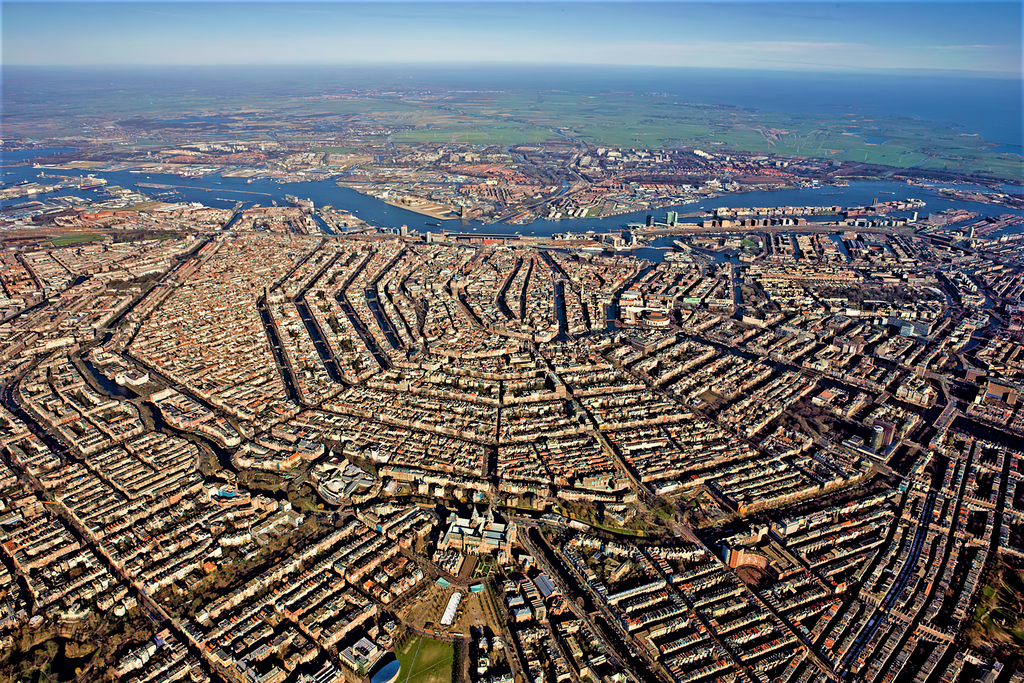
Amsterdam, the capital of the Netherlands, is one of Europe’s most iconic cities. Famous for its canals, historic gabled houses, and vibrant cultural life, Amsterdam is both a major tourist destination and an economic powerhouse. The city is a global center for art, design, and finance, with institutions such as the Rijksmuseum, Van Gogh Museum, and Anne Frank House drawing millions each year. Amsterdam is also known for its cycling culture, with thousands of bicycles navigating its compact streets daily. Its progressive character, entrepreneurial spirit, and multicultural population make it one of the most dynamic cities in Europe.
Interesting Fact:
Amsterdam has more bicycles than residents, with over 800,000 bikes in the city.
2. Rotterdam (Population: 829,875)
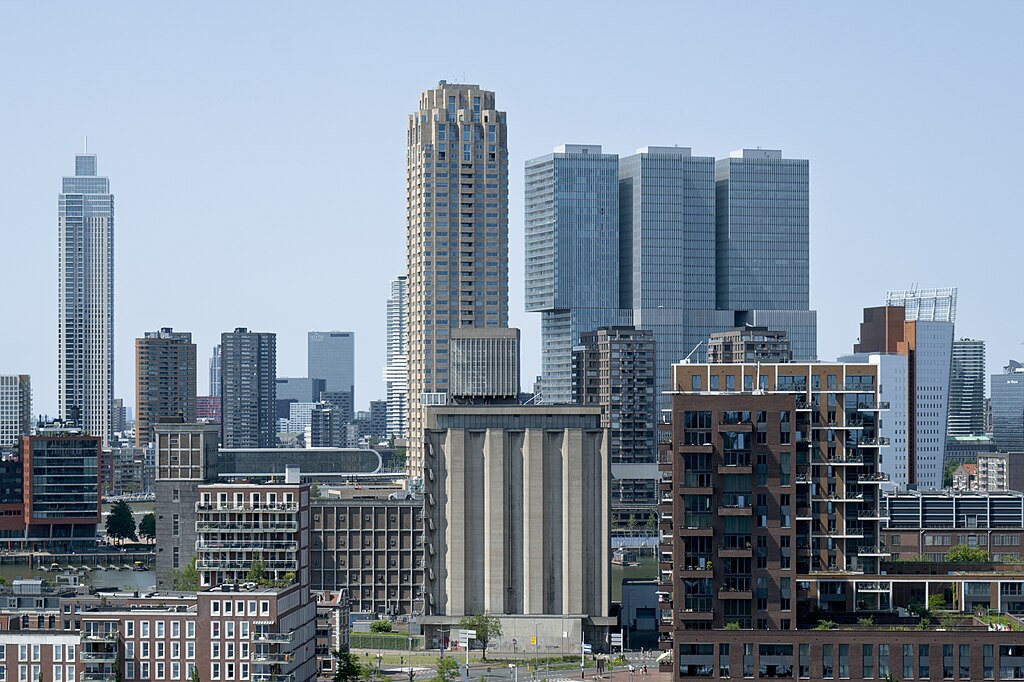
Rotterdam, located in South Holland, is the Netherlands’ second-largest city and home to Europe’s biggest port. Known for its cutting-edge architecture, Rotterdam combines modern skyscrapers with a bold, experimental spirit. The city was heavily bombed during World War II, leading to an almost complete rebuilding, which gave it a unique contemporary character compared to other Dutch cities. Rotterdam is a hub of international trade, logistics, and innovation. Cultural landmarks include the Cube Houses, Erasmus Bridge, and a lively art and nightlife scene. Its global outlook and youthful energy make Rotterdam a leader in creativity and commerce.
Interesting Fact:
Rotterdam’s port is the largest in Europe, handling millions of containers annually.
3. The Hague (Population: 803,835)

The Hague, known as Den Haag in Dutch, is the seat of government of the Netherlands despite not being the capital. The city is home to the Dutch parliament, the International Court of Justice, and the International Criminal Court, making it a true center of global diplomacy. The Hague also has stunning architecture, from the Binnenhof to modern office towers, and offers coastal access with its famous Scheveningen beach. With a mix of international institutions, cultural venues, and green spaces, The Hague balances tradition and modernity while serving as a key hub of world politics.
Interesting Fact:
The Hague is home to over 150 international organizations, earning it the title “International City of Peace and Justice.”
4. Utrecht (Population: 382,520)
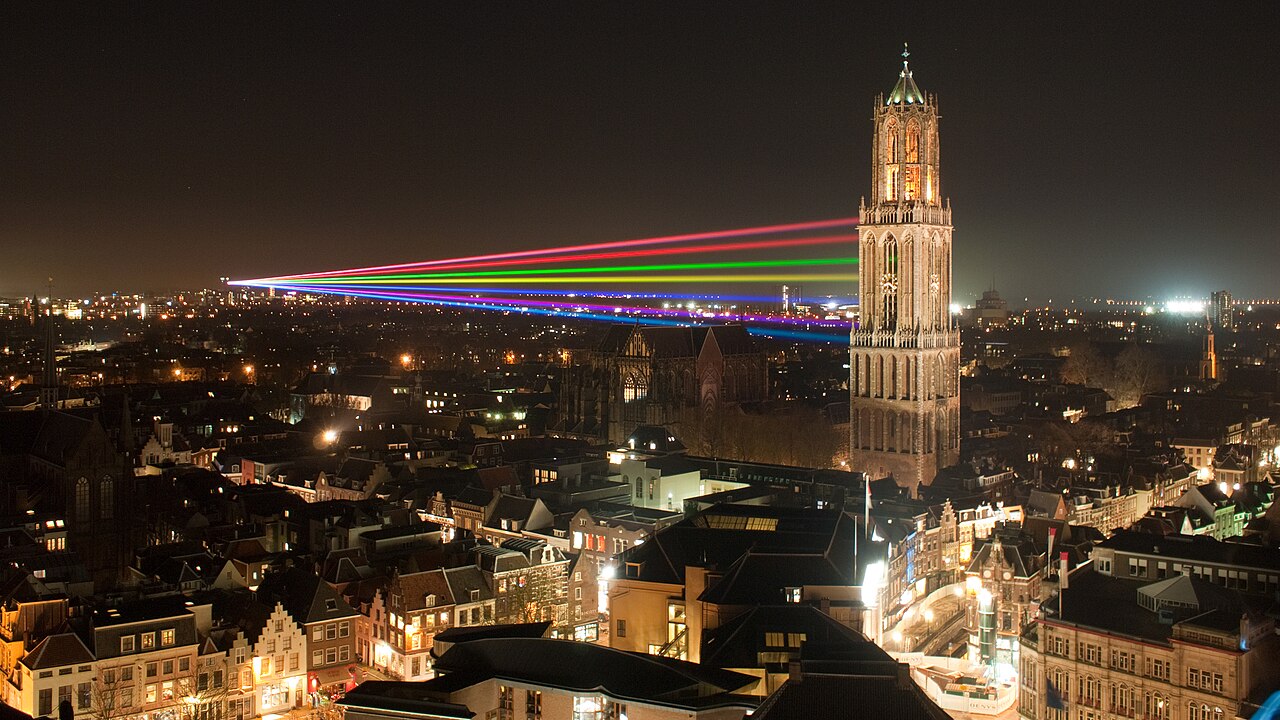
Utrecht, located in the heart of the Netherlands, is one of the country’s oldest cities. Its medieval old town is characterized by canals with unique wharf cellars that now host cafes and shops. Utrecht is a major student city thanks to Utrecht University, one of the largest in the country, giving it a youthful and intellectual energy. The Dom Tower, the tallest church tower in the Netherlands, dominates the skyline. Beyond history and culture, Utrecht is also a key transport hub, with the busiest railway junction in the country. Its blend of charm and vitality makes it a cultural treasure.
Interesting Fact:
Utrecht’s Dom Tower stands at 112 meters and has been a city symbol since the 14th century.
5. Eindhoven (Population: 298,795)
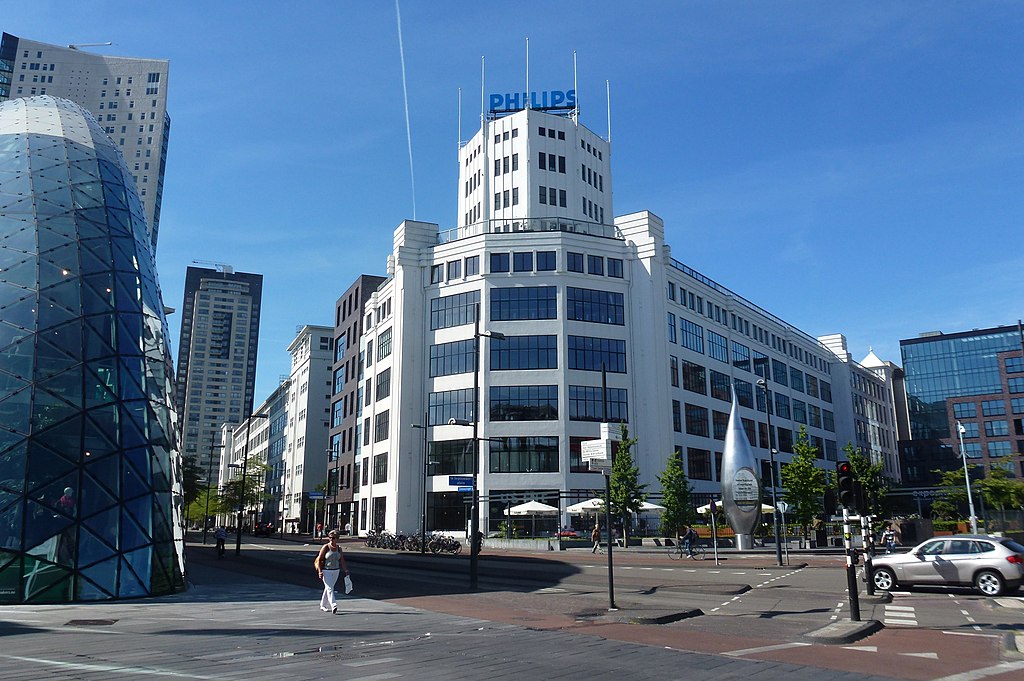
Eindhoven, located in the province of North Brabant, is known as the technology and design capital of the Netherlands. Once a small village, it grew rapidly with the founding of Philips Electronics in the late 19th century. Today, Eindhoven is home to major tech companies, research centers, and the Design Academy Eindhoven, making it a hub for creativity and innovation. The city is also famous for Dutch Design Week, one of the largest design events in Northern Europe. Eindhoven balances high-tech industries with vibrant cultural life, sports, and a growing international community.
Interesting Fact:
Eindhoven’s Philips company played a key role in developing the compact disc (CD).
6. Leiden (Population: 270,225)
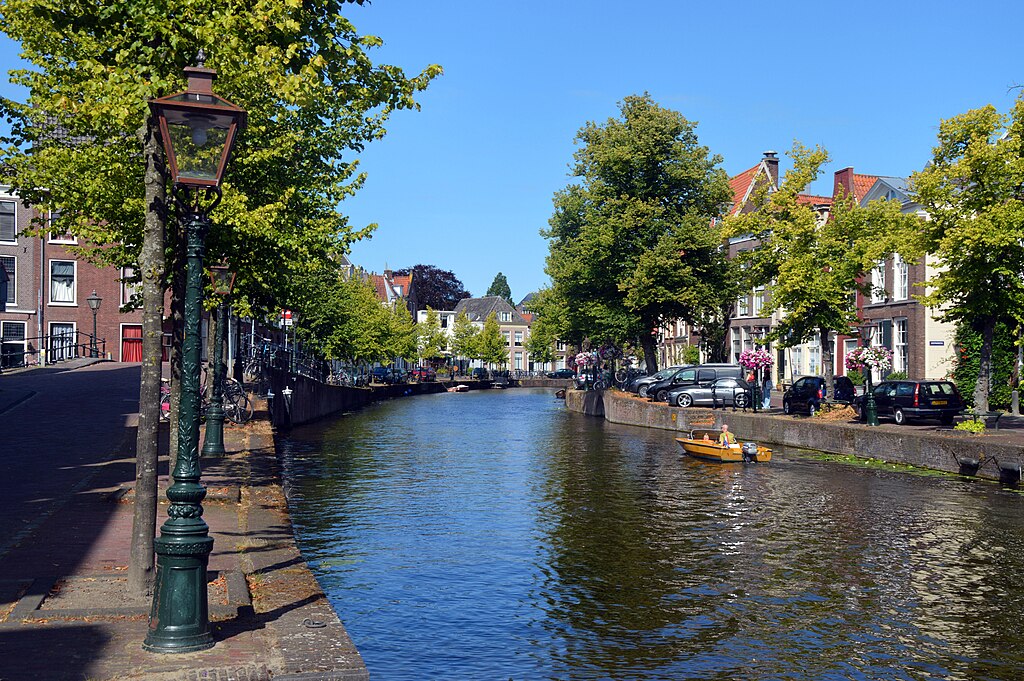
Leiden, located in South Holland, is famous for its prestigious university, founded in 1575, the oldest in the Netherlands. The city has long been a center of education and science, with notable figures like Rembrandt born here. Leiden’s historic canals, old windmills, and botanical gardens add to its charm. The city also played a key role in Dutch history, with its resistance during the Eighty Years’ War celebrated annually on October 3rd. Leiden continues to be a lively university city with a mix of history, research, and youthful vibrancy.
Interesting Fact:
Leiden University has produced 16 Nobel laureates, making it one of Europe’s most prestigious academic centers.
7. Dordrecht (Population: 221,235)
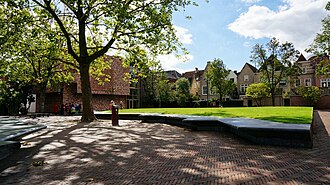
Dordrecht, often called Dordt, is the oldest city in Holland, receiving city rights in 1220. Located on an island at the confluence of several rivers, Dordrecht has long been a major trading center. Its historic center is filled with medieval houses, canals, and churches, creating a picturesque atmosphere. Dordrecht is also known for its role in the Synod of Dort (1618–1619), a significant event in Protestant history. Today, the city balances its heritage with modern industry and culture, offering both scenic charm and economic importance.
Interesting Fact:
Dordrecht’s Great Church (Grote Kerk) has a leaning tower, tilted more than Pisa’s Leaning Tower.
8. Groningen (Population: 213,705)
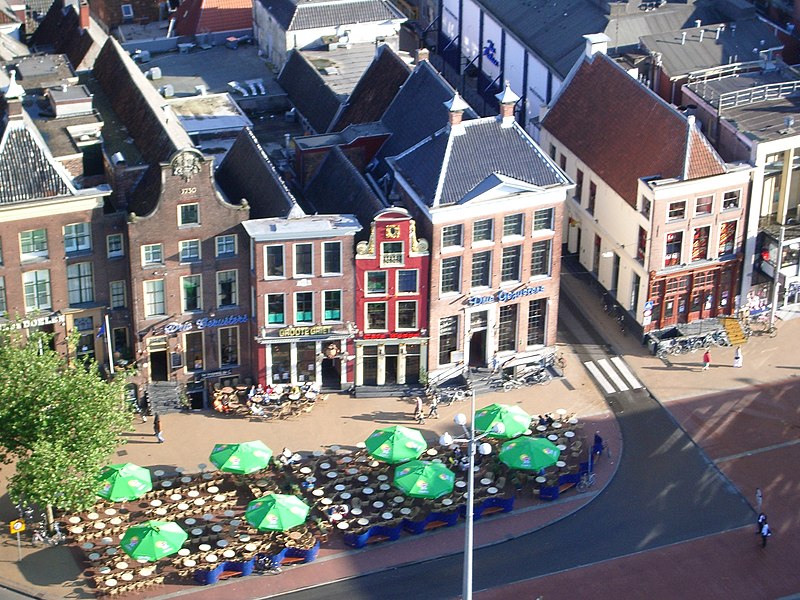
Groningen, the largest city in the north of the Netherlands, is a lively student city with a young demographic. Home to the University of Groningen, it has a reputation for innovation, research, and cultural energy. The city’s historic landmarks include the Martinitoren, while its modern architecture and bustling nightlife attract visitors from across the country. Groningen is also known for its cycling dominance, with most of the city center free from cars. Its combination of education, culture, and sustainability makes it one of the Netherlands’ most forward-thinking cities.
Interesting Fact:
Groningen is often called the “World Cycling City,” with nearly 60% of all trips made by bicycle.
9. Tilburg (Population: 213,055)
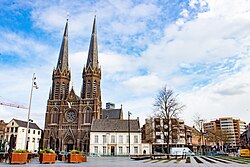
Tilburg, located in North Brabant, has grown from a textile industry hub into a modern, diverse city. While its industrial past is still visible in former factories converted into cultural spaces, Tilburg is now known for its universities, cultural festivals, and youthful spirit. The Tilburg Fair, one of the largest in the Benelux, attracts hundreds of thousands each year. With a strong student population, creative industries, and international connections, Tilburg has reinvented itself as a dynamic urban center.
Interesting Fact:
Tilburg’s university specializes in economics and law, ranking among Europe’s best.
10. Haarlem (Population: 204,570)
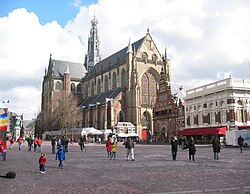
Haarlem, located near Amsterdam, is a historic city often called the “Flower City” due to its role in the tulip trade. Its medieval center features the Grote Markt, St. Bavo’s Church, and historic windmills. Haarlem is known for its art history, with painters such as Frans Hals leaving a lasting legacy. The city is also a cultural hub with museums, theaters, and lively shopping streets. Its proximity to the North Sea beaches adds to its appeal, blending history, culture, and leisure.
Interesting Fact:
Haarlem was a major center of the Dutch Golden Age of painting, home to masters like Frans Hals.
11. Almere (Population: 177,045)
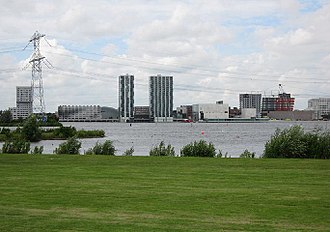
Almere, located in the province of Flevoland, is one of the newest cities in the Netherlands, officially founded in 1976 on land reclaimed from the sea. Built on the Zuiderzee Works, Almere is a model of modern urban planning, designed with wide open spaces, green parks, and sustainable infrastructure. The city is one of the fastest-growing in the Netherlands, attracting young families and professionals seeking affordable housing near Amsterdam. Its futuristic architecture and eco-friendly neighborhoods showcase the country’s innovative approach to city development, while its lakes and forests make it a unique balance of urban and natural life.
Interesting Fact:
Almere was built on land that was underwater until the mid-20th century.
12. Heerlen (Population: 169,560)
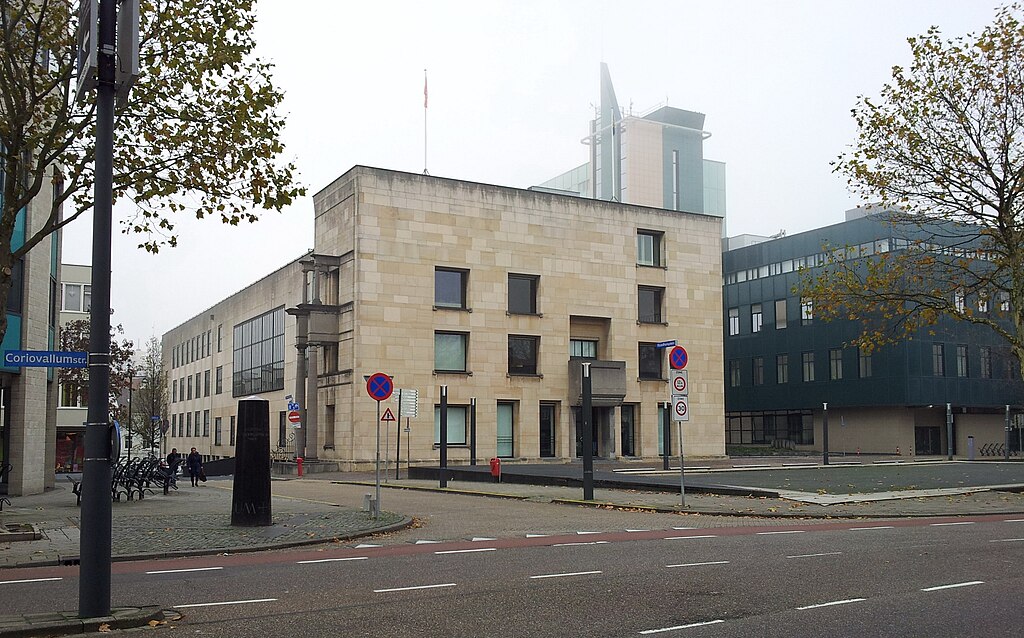
Heerlen, located in the province of Limburg, has a history rooted in mining and Roman settlement. Once a thriving coal-mining town, Heerlen underwent significant transformation after the mines closed, shifting towards services, culture, and education. The city is also known for its modernist architecture, most notably buildings designed by Frits Peutz. Today, Heerlen is a cultural hub of the southern Netherlands, hosting street art, festivals, and museums. Its location near the borders of Germany and Belgium gives it a distinct international atmosphere.
Interesting Fact:
Heerlen is home to one of the largest open-air street art collections in the Netherlands.
13. ’s-Hertogenbosch (Population: 162,165)
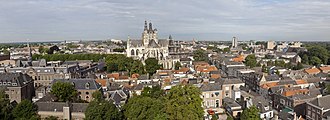
’s-Hertogenbosch, commonly called Den Bosch, is the capital of North Brabant and a city rich in medieval charm. Known for its stunning St. John’s Cathedral, cobblestone streets, and canals, Den Bosch combines historic elegance with modern vibrancy. It is celebrated for its art and culture, with connections to the famous painter Hieronymus Bosch. Culinary traditions are also strong, especially the local delicacy, Bossche Bol, a large chocolate-covered pastry. With its preserved architecture and lively festivals, Den Bosch is one of the Netherlands’ most picturesque cities.
Interesting Fact:
The canals of Den Bosch run beneath buildings, creating a unique underground waterway system.
14. Nijmegen (Population: 161,000)
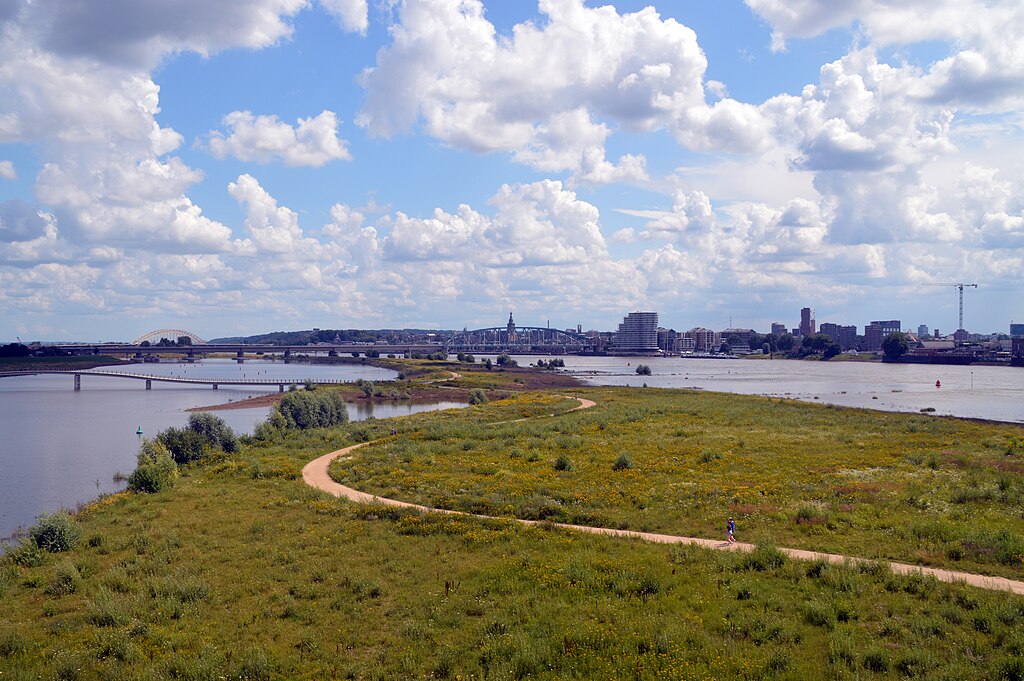
Nijmegen, located in Gelderland, is the oldest city in the Netherlands, with Roman roots dating back over 2,000 years. Positioned on the River Waal, it has long been an important trading and military center. Today, Nijmegen is a student city with a lively cultural scene, home to Radboud University. Its history is evident in medieval churches and Roman ruins, while its modern areas thrive with shopping, festivals, and cafes. The city is also well known for the International Four Days Marches, one of the world’s largest walking events.
Interesting Fact:
Nijmegen celebrated its 2,000th anniversary in 2005, marking it as the Netherlands’ oldest city.
15. Breda (Population: 154,880)
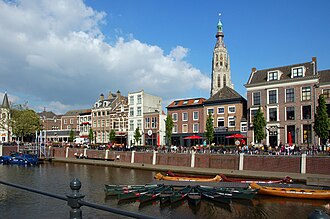
Breda, in North Brabant, is a city with a rich military and political history. Once a key residence of the House of Orange-Nassau, Breda played a crucial role in shaping Dutch independence. The city boasts beautiful landmarks like the Grote Kerk and Breda Castle, surrounded by charming old streets and lively squares. Today, Breda balances its historical significance with a modern, vibrant atmosphere, known for its festivals, universities, and thriving nightlife. It is often seen as one of the most hospitable cities in the Netherlands.
Interesting Fact:
Breda was where the Treaty of Breda (1667) was signed, ending the Second Anglo-Dutch War.
16. Amersfoort (Population: 153,420)
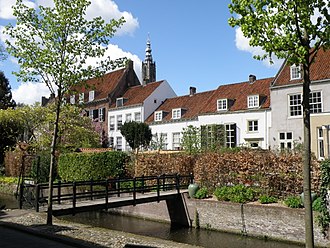
Amersfoort, located in the province of Utrecht, is a city that combines medieval charm with modern development. Its old town is surrounded by well-preserved walls and gates, including the famous Koppelpoort. Amersfoort has also become a major business center, with companies and cultural institutions thriving alongside its historical landmarks. The city is known for its lively festivals, art galleries, and proximity to natural areas. Its location in the center of the country makes it a hub for both travel and commerce.
Interesting Fact:
Amersfoort is home to the Mondriaan House, the birthplace of painter Piet Mondriaan.
17. Enschede (Population: 147,850)

Enschede, located near the German border, has long been associated with the textile industry. After industrial decline, the city reinvented itself as a knowledge and technology hub, with the University of Twente playing a central role. Enschede has a vibrant cultural life, with music festivals, theaters, and a mix of Dutch and German influences. Its international student population adds to its diversity, and its proximity to Germany makes it a gateway city. Today, Enschede continues to grow as both an academic and cultural center.
Interesting Fact:
Enschede is home to the Grolsch Brewery, one of the Netherlands’ most famous beer producers.
18. Apeldoorn (Population: 140,210)
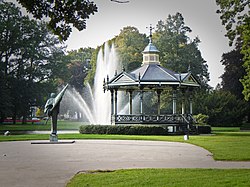
Apeldoorn, located in Gelderland, is known for its green spaces, royal history, and family-friendly atmosphere. The city is home to Het Loo Palace, once a royal residence, surrounded by extensive gardens and museums. Apeldoorn is also a base for exploring the Veluwe, a large natural reserve with forests, heathlands, and wildlife. Modern Apeldoorn combines industry, business, and leisure, with a relaxed lifestyle that draws families and tourists alike. Its combination of culture, history, and nature makes it unique among Dutch cities.
Interesting Fact:
Het Loo Palace in Apeldoorn was the home of the Dutch royal family for over 300 years.
19. Zoetermeer (Population: 124,065)
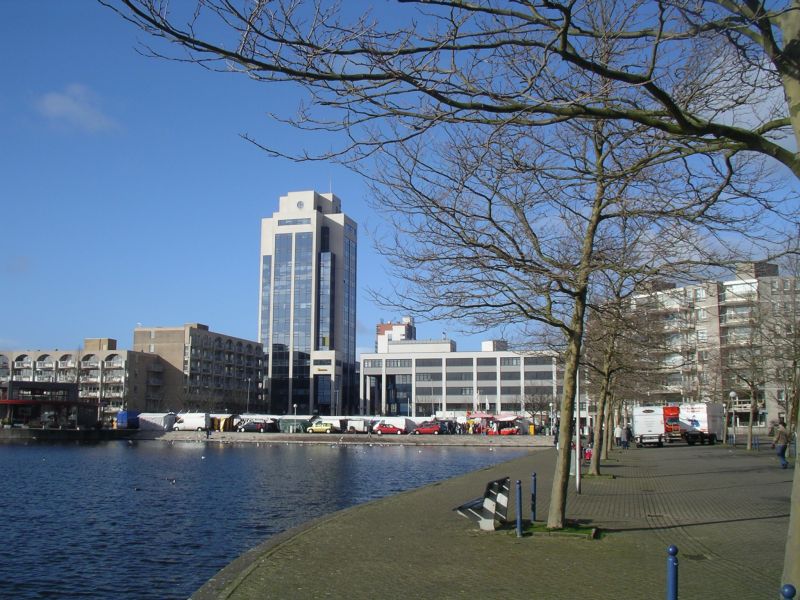
Zoetermeer, located in South Holland, grew rapidly in the second half of the 20th century as a planned city to relieve housing pressure from The Hague. Known as a modern commuter town, Zoetermeer offers excellent infrastructure, shopping centers, and green parks. The city also has a reputation for leisure activities, with facilities for skiing, skating, and water sports. Its efficient design and quality of life have made it a popular place for families and young professionals.
Interesting Fact:
Zoetermeer features SnowWorld, one of the largest indoor ski slopes in Europe.
20. Maastricht (Population: 118,250)
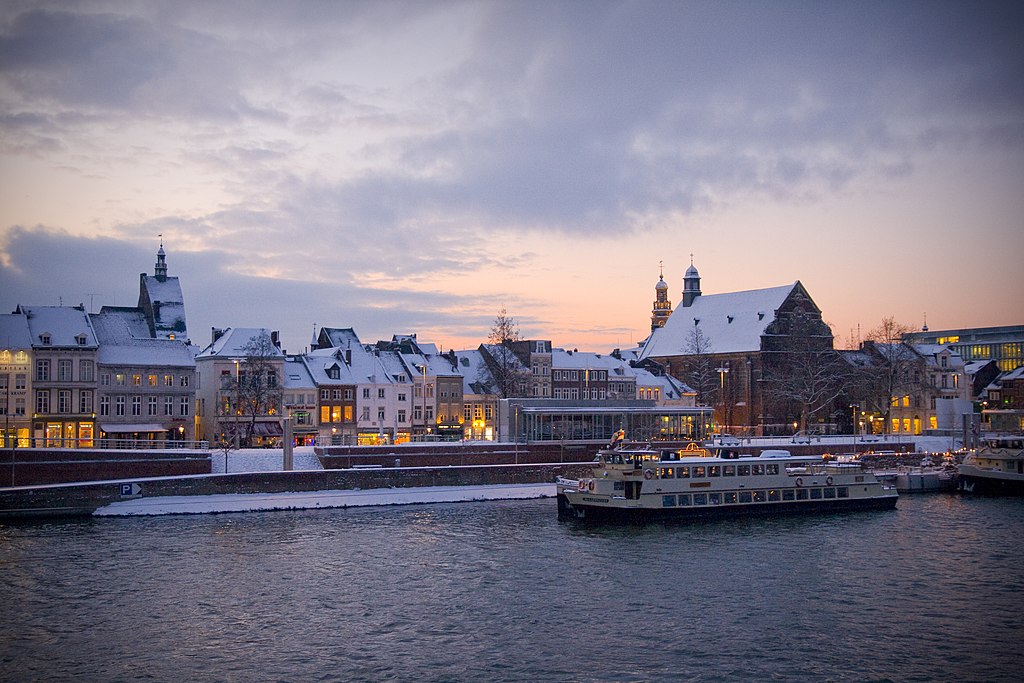
Maastricht, located in Limburg, is one of the Netherlands’ most historic and international cities. With Roman roots and a blend of Dutch, Belgian, and German influences, Maastricht has a unique cultural flavor. The city is famous for its medieval old town, cobbled streets, and churches, as well as being the birthplace of the Maastricht Treaty, which founded the European Union. Today, Maastricht is a vibrant student city with Maastricht University attracting an international crowd. Its mix of history, education, and cosmopolitan life make it one of the Netherlands’ most charming cities.
Interesting Fact:
The Maastricht Treaty of 1992 formally established the European Union and introduced the euro.
21. IJmuiden (Population: 117,440)
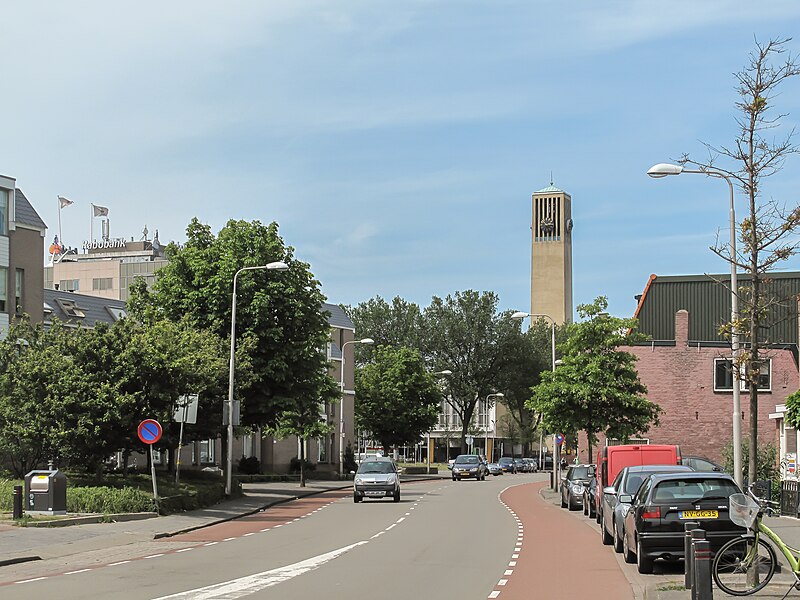
IJmuiden, in North Holland, is a major port and fishing town on the North Sea coast. Known for its large locks and industrial port facilities, IJmuiden is central to Dutch shipping and trade. The city also has a strong fishing industry, particularly herring, and serves as a gateway to the North Sea Canal that leads to Amsterdam. Beyond industry, IJmuiden has beaches and dunes that attract visitors for recreation. It is a city where maritime heritage and modern industry meet.
Interesting Fact:
IJmuiden is home to the world’s largest sea lock, completed in 2022.
22. Arnhem (Population: 110,245)
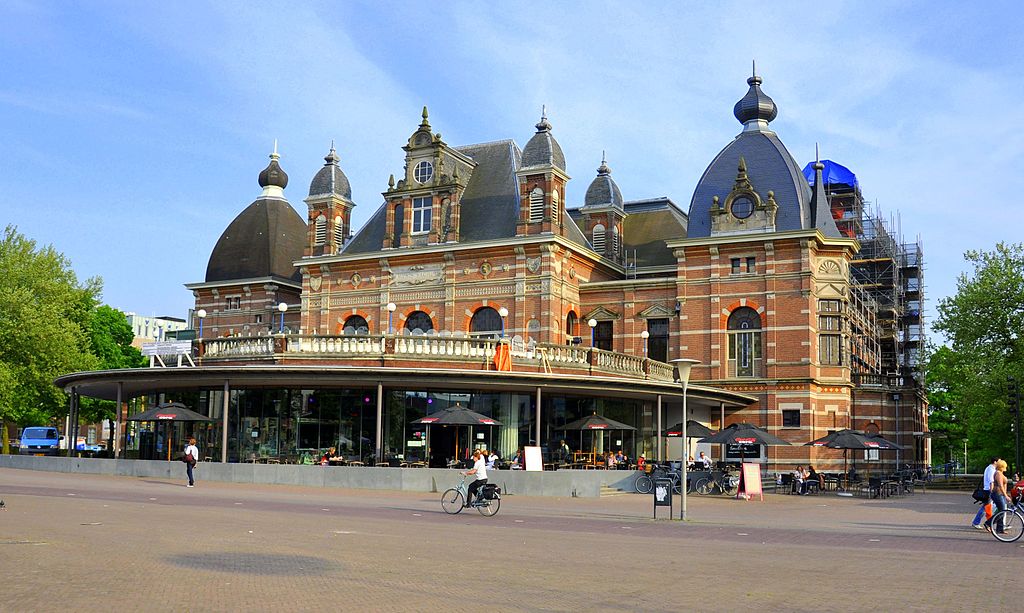
Arnhem, located in Gelderland, is known for its role in World War II, particularly the Battle of Arnhem in 1944. The city is home to museums, memorials, and the famous John Frost Bridge, commemorating the conflict. Arnhem also offers cultural richness with the Open Air Museum, Burgers’ Zoo, and lively shopping streets. Surrounded by natural beauty in the Veluwe region, Arnhem blends history, nature, and modern city life. It is both a memorial city and a thriving cultural hub.
Interesting Fact:
Arnhem’s John Frost Bridge is named after the British commander who defended it during WWII’s Operation Market Garden.
23. Sittard-Geleen (Population: 106,760)
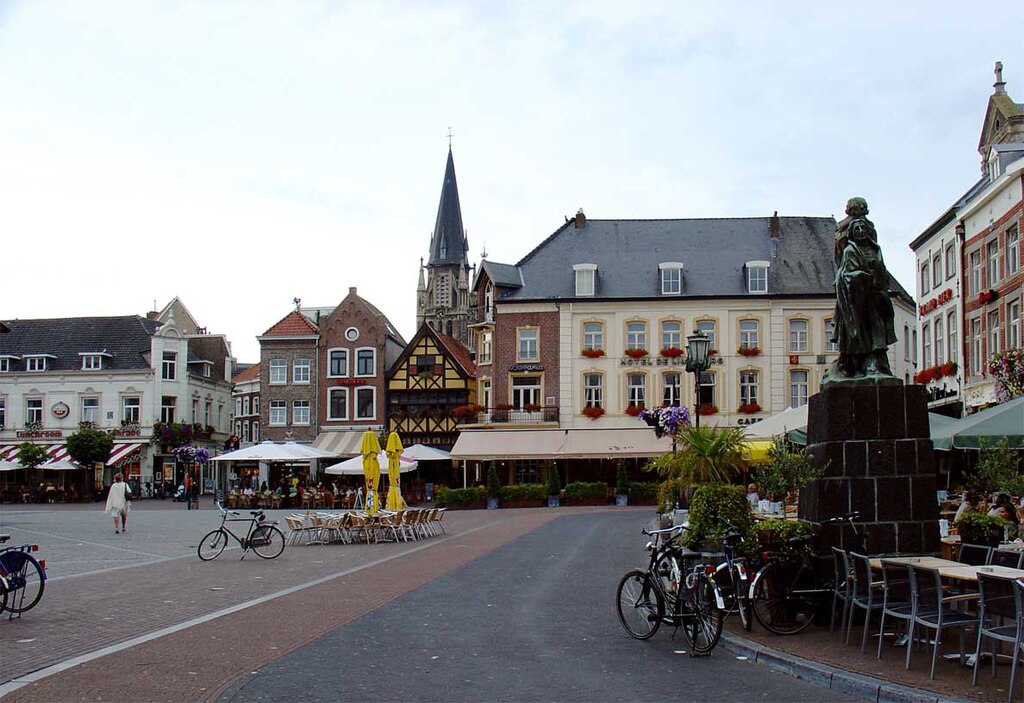
Sittard-Geleen, in Limburg, is a city formed by merging smaller towns. Known for its history dating back to Roman times, it has a charming old town with churches and squares. The city also developed a strong industrial base, especially in chemicals and manufacturing. Today, Sittard-Geleen is recognized for its international businesses, while maintaining a relaxed and historic character. It offers a mix of tradition, culture, and modern commerce.
Interesting Fact:
Sittard is one of the oldest cities in Limburg, with records dating back to the 11th century.
24. Delft (Population: 102,253)

Delft, in South Holland, is famous worldwide for its blue-and-white Delftware pottery. The city is also closely tied to the Dutch royal family, with members of the House of Orange buried in the Nieuwe Kerk. Delft has a historic old town with canals, churches, and markets that reflect its Golden Age prosperity. Today, Delft is also a hub of science and innovation, home to Delft University of Technology, one of Europe’s leading technical universities. The city uniquely combines history, craftsmanship, and innovation.
Interesting Fact:
Delft was the home of painter Johannes Vermeer, one of the Dutch Golden Age masters.
25. Alkmaar (Population: 101,825)

Alkmaar, located in North Holland, is best known as the cheese capital of the Netherlands. Its traditional cheese market, held weekly in the summer months, attracts visitors from all over the world. The city also boasts a charming historic center with canals, windmills, and museums. Alkmaar’s cultural life includes theaters and festivals, while its proximity to the North Sea adds a coastal appeal. It is a city where Dutch traditions remain strong alongside modern life.
Interesting Fact:
Alkmaar’s cheese market tradition dates back to 1365 and continues to this day.




